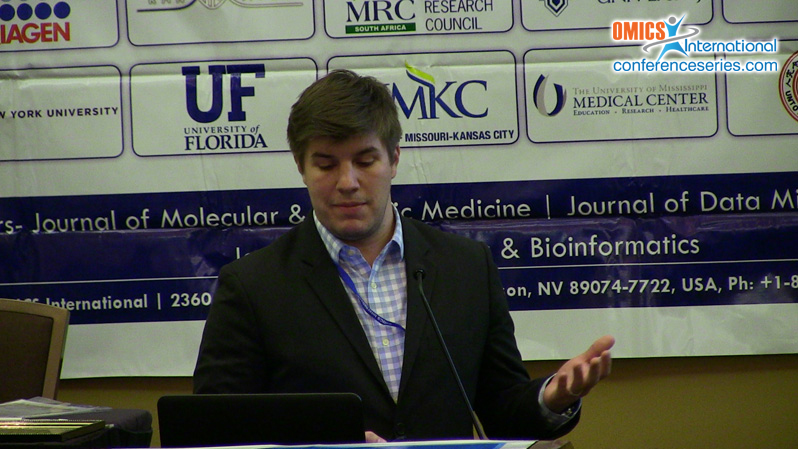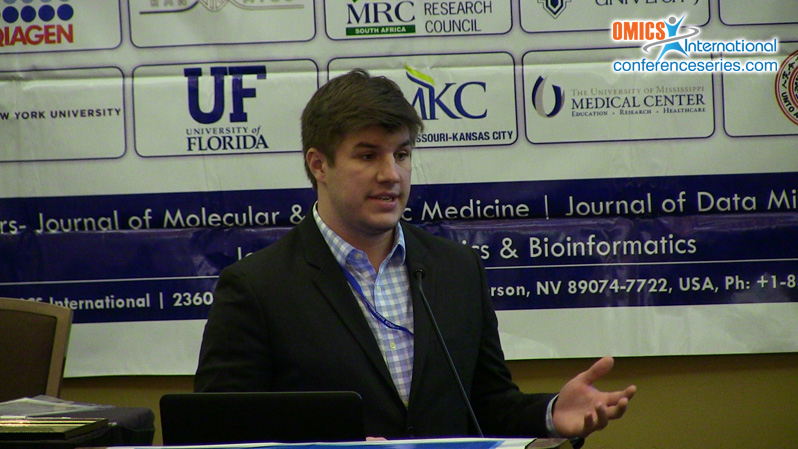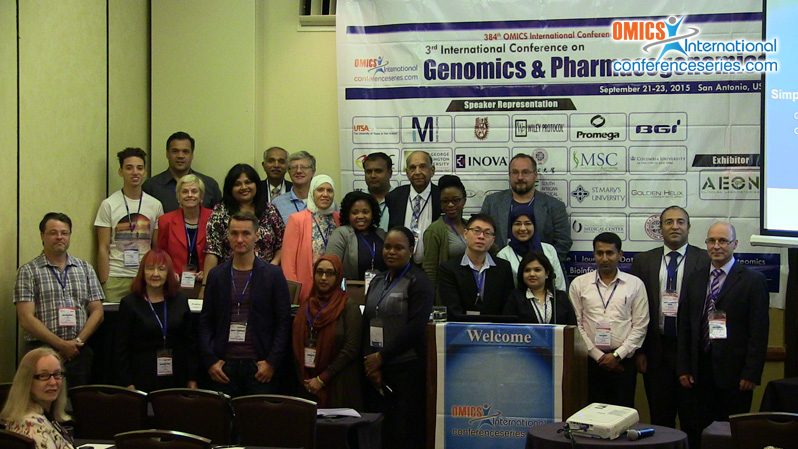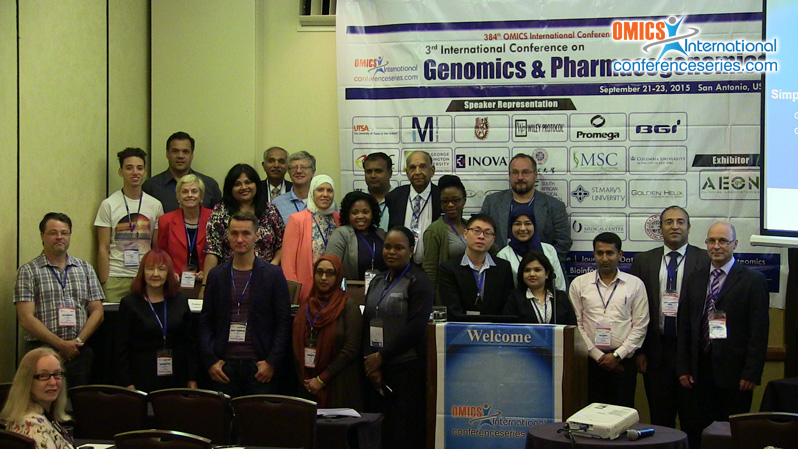
Daniel Rotroff
North Carolina State University, USA
Title: Common and rare variant analysis of fibrate drug response in type-2 diabetics in the ACCORD clinical trial
Biography
Biography: Daniel Rotroff
Abstract
Cardio-Vascular Disease (CVD) is the leading cause of death worldwide. Individuals with type-2 diabetes are at an increased risk of CVD and alterations in total cholesterol (TC), LDL, HDL and triglycerides (TG) are known risk factors of CVD. Fenofi brate is a commonly prescribed cholesterol lowering drug but there is heterogeneity in treatment response. Here we conduct a genomewide association study to investigate common and rare genetic variants associated with lipid changes in 1261 diabetics from the ACCORD clinical trial for ~90 days of fenofi brate treatment. Analysis was also stratifi ed by white (n=773) and black (n=123) subjects. A total of 26, 35 and 120 common variants, mapping to 5, 7 and 24 genes were associated with change in TC, LDL, HDL and or TG in all races, white and black respectively (p<1×10-6). In addition, 7 genes were associated with changes in TG in the rare variant analysis (q<0.05). Signifi cant genes in the common and rare variant analysis were tested for gene expression changes in mice treated with fenofi brate. Th e validation study found 3 genes in the common variant analysis (SMAD3, ATP13A1 and IPO11) displayed signifi cantly decreased gene expression in mice treated with fenofi brate (q<0.25). RAB27B and DCUN1D4 were signifi cantly associated with TG in the rare variant analysis and displayed signifi cantly decreased and increased gene expression respectively. SMAD3 is an intracellular mediator of TGFβ and SMAD3-KO mice have been known to have increased insulin sensitivity and reduced adiposity. Th ese results may provide new biomarkers for fenofi brate drug response and lead to new therapeutic targets.
Speaker Presentations
Speaker PPTs Click Here





